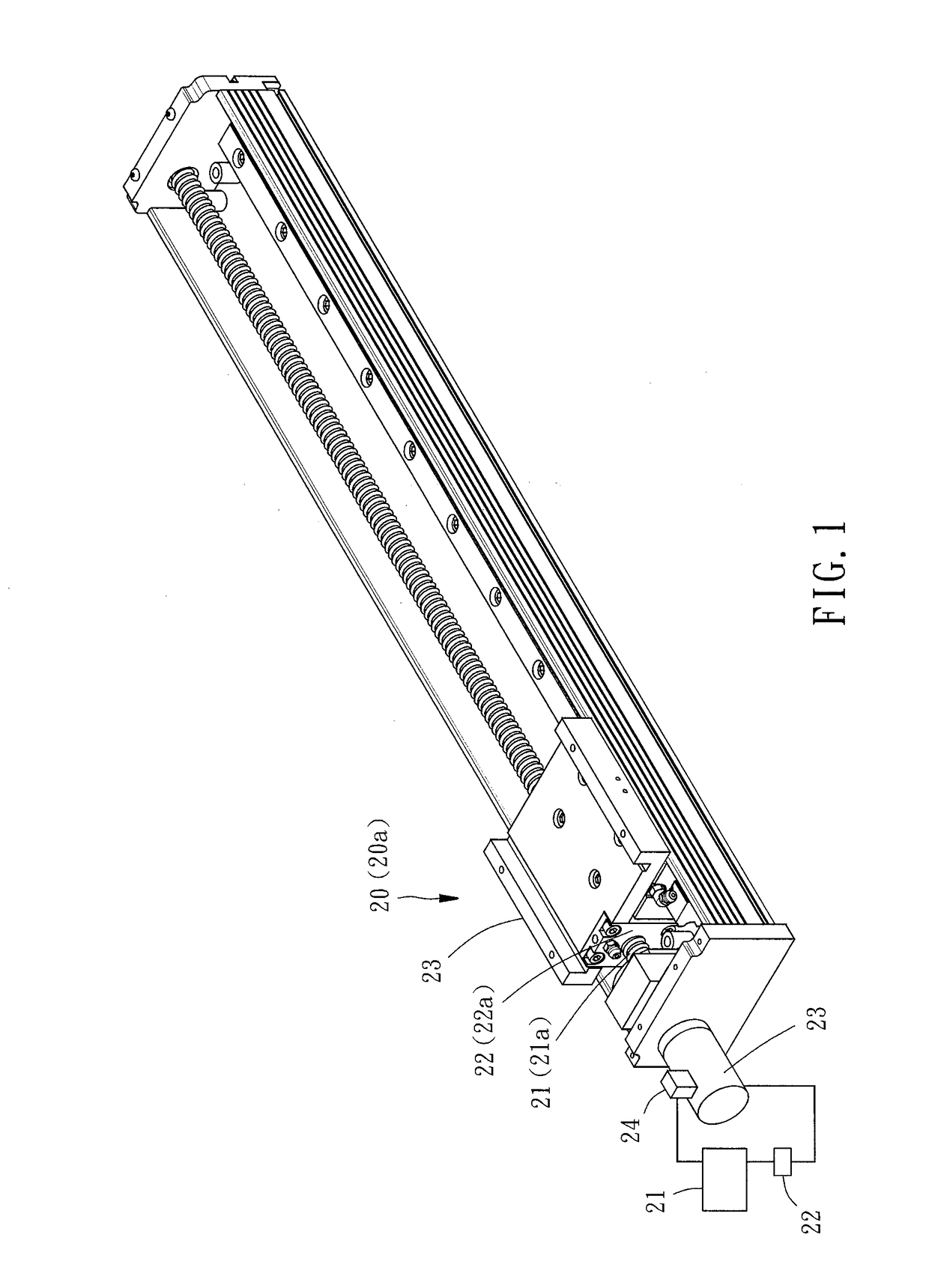Method for identifying friction parameter for linear module
a technology of friction parameters and linear modules, applied in the field of linear systems, can solve the problems of difficult identification, large limitation of known approaches, and inability to meet the requirements of tightening, and achieve the effect of facilitating the parameter identification process and making it much more feasible in practi
- Summary
- Abstract
- Description
- Claims
- Application Information
AI Technical Summary
Benefits of technology
Problems solved by technology
Method used
Image
Examples
Embodiment Construction
[0016]Referring to FIG. 1, according to the present invention, a method for identifying friction parameters for a linear module comprises a step a) S1, a step b) S2, and a step c) S3. In LuGre friction model, the friction parameters to be identified are Tc that is the Coulomb friction torque, σ2 that is the viscous friction coefficient, Ts that is the maximum static friction torque, and ωs that is Stribeck velocity.
[0017]It is to be noted that, in the present preferred embodiment, the identification method is used in a linear module 10. The linear module 10 is driven by a drive module 20. The drive module 20 comprises a controller 21, a driver 22, a motor 23 with an output shaft (not shown), and a sensor 24. The controller 21 has the function of storing, computing and outputting data, and can receive a position command or a speed command and convert the received position command or said speed command into a driving signal. The driver 22 is electrically connected to the controller 21...
PUM
 Login to View More
Login to View More Abstract
Description
Claims
Application Information
 Login to View More
Login to View More - R&D
- Intellectual Property
- Life Sciences
- Materials
- Tech Scout
- Unparalleled Data Quality
- Higher Quality Content
- 60% Fewer Hallucinations
Browse by: Latest US Patents, China's latest patents, Technical Efficacy Thesaurus, Application Domain, Technology Topic, Popular Technical Reports.
© 2025 PatSnap. All rights reserved.Legal|Privacy policy|Modern Slavery Act Transparency Statement|Sitemap|About US| Contact US: help@patsnap.com



